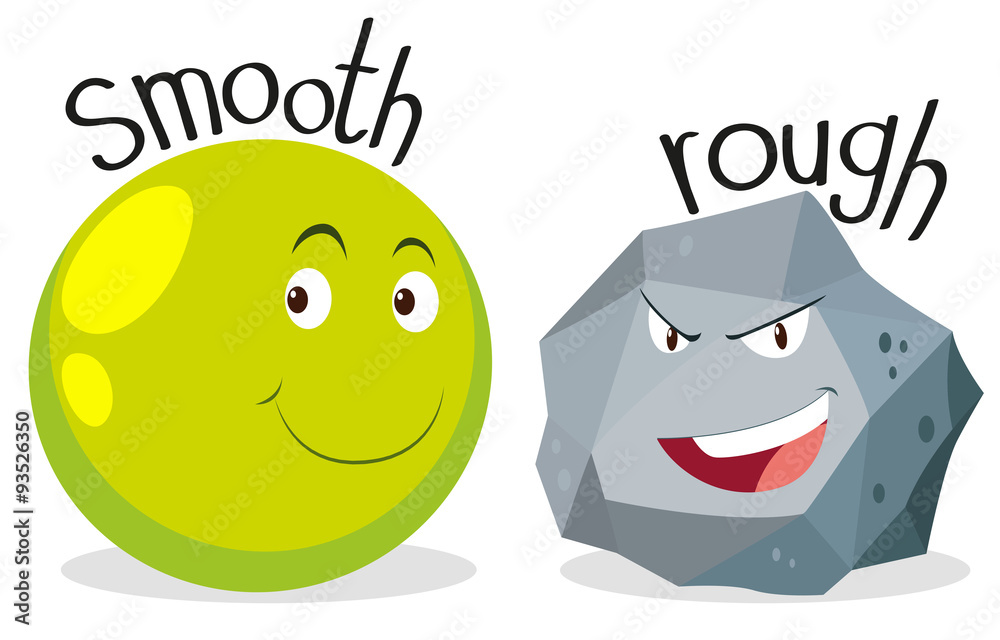How To Smooth Out Touch Up Paint On A Car

Touch-up paint: it's the automotive equivalent of a band-aid. Necessary, often unsightly, and rarely a perfect fix. While it effectively prevents rust from gaining a foothold in small chips and scratches, the resulting blob of paint is often worse aesthetically than the initial imperfection. But fear not, fellow enthusiasts! Achieving a factory-smooth finish after applying touch-up paint is possible, though it requires patience, the right tools, and a systematic approach.
Preparation is Paramount
Before you even think about wielding sandpaper, meticulous preparation is critical. First, ensure the touch-up paint has completely cured. This typically takes at least 24 hours, but consult the paint manufacturer's specifications for accurate drying times. Rushing this step will only lead to frustration and a gummy mess.
Next, thoroughly clean the affected area. Use a quality automotive detailer spray and a microfiber cloth to remove any dirt, wax, or contaminants. For stubborn residue, consider a clay bar treatment to ensure a pristine surface. This will prevent unwanted particles from being dragged into the sanding process.
Finally, mask off the surrounding area with automotive masking tape. This protects the adjacent paint from accidental sanding. Precision is key here; the cleaner the lines, the cleaner the final result. Use a sharp blade (like a hobby knife) to trim the tape for intricate curves and contours. The goal is to isolate the touch-up paint as much as possible.
The Sanding Stage: Leveling the Playing Field
This is where the real work begins. The objective is to carefully level the touch-up paint to match the surrounding factory finish. We'll be using a process called wet sanding, which involves lubricating the sandpaper with water to reduce friction and prevent clogging.
Start with the least aggressive grit possible. A good starting point is 3000-grit sandpaper, specifically designed for automotive paint. You can find this at most auto parts stores or online retailers. Soak the sandpaper in clean, lukewarm water for at least 15 minutes before use. This helps soften the abrasive and prevent scratching.
Wrap the sandpaper around a small, flat sanding block. This ensures even pressure and prevents creating uneven surfaces. Apply gentle, consistent pressure and sand in a crosshatch pattern (first horizontally, then vertically). Regularly check your progress by wiping the area dry with a clean microfiber cloth. You're aiming to gradually reduce the height of the touch-up paint, not remove it entirely. Less is more at this stage. The sanding block is crucial for maintaining a flat surface. Never attempt to sand freehand; you'll likely create dips and imperfections.
If the 3000-grit isn't cutting it, you can cautiously move to a slightly more aggressive grit, such as 2500-grit. However, proceed with extreme caution. The risk of scratching the surrounding paint increases significantly with coarser grits. Only use a more aggressive grit if absolutely necessary, and always revert back to 3000-grit for the final leveling.
Polishing to Perfection
Once the touch-up paint is level with the surrounding finish, the sanding process will have left behind fine scratches (called swirl marks) that need to be removed. This is where polishing compounds and a polishing machine come into play.
Begin with a medium-cut polishing compound and a foam polishing pad attached to your rotary or dual-action polisher. Apply a small amount of compound to the pad and work it into the surface in overlapping passes. Use a moderate speed (typically between 1200-1800 RPM for a rotary, and 3-4 on a dual-action) and moderate pressure. Overlap your passes by about 50% to ensure consistent coverage.
After the medium-cut compound, switch to a fine-cut polishing compound and a softer polishing pad. This step refines the finish and removes any remaining swirl marks left by the previous compound. Use a slightly lower speed and lighter pressure.
Finally, apply a finishing polish (or glaze) with an even softer polishing pad. This step adds depth and gloss to the paint, creating a near-flawless finish. Use the lowest speed setting on your polisher and apply minimal pressure.
After each polishing step, wipe the area clean with a microfiber cloth and inspect your work under good lighting. Look for any remaining swirl marks or imperfections. If necessary, repeat the polishing steps until you achieve the desired result.
Wax On, Shine On
The final step is to protect your hard work with a coat of wax or sealant. This will not only enhance the shine but also provide a protective barrier against the elements. Apply the wax or sealant according to the manufacturer's instructions. Use a clean applicator pad and a microfiber cloth for buffing.
Smoothing out touch-up paint is a labor-intensive process, but the results are well worth the effort. By following these steps carefully, you can transform an unsightly repair into a virtually invisible fix, preserving the beauty and value of your vehicle. Remember, patience and precision are key. With practice, you'll be able to achieve professional-quality results every time.
